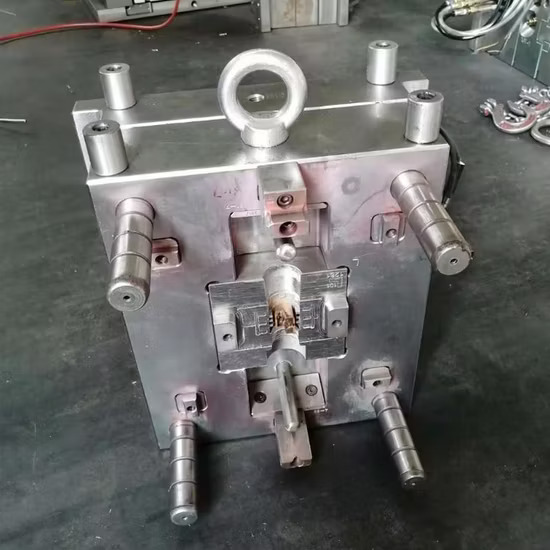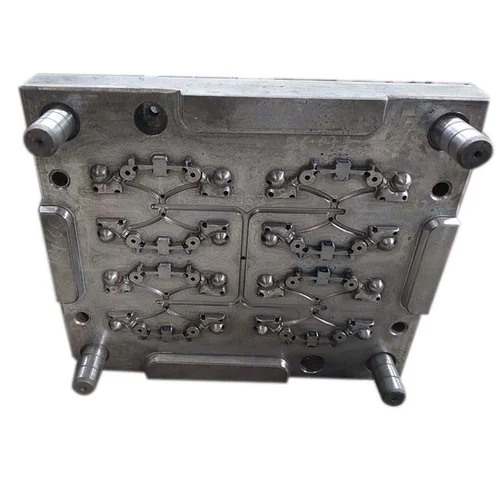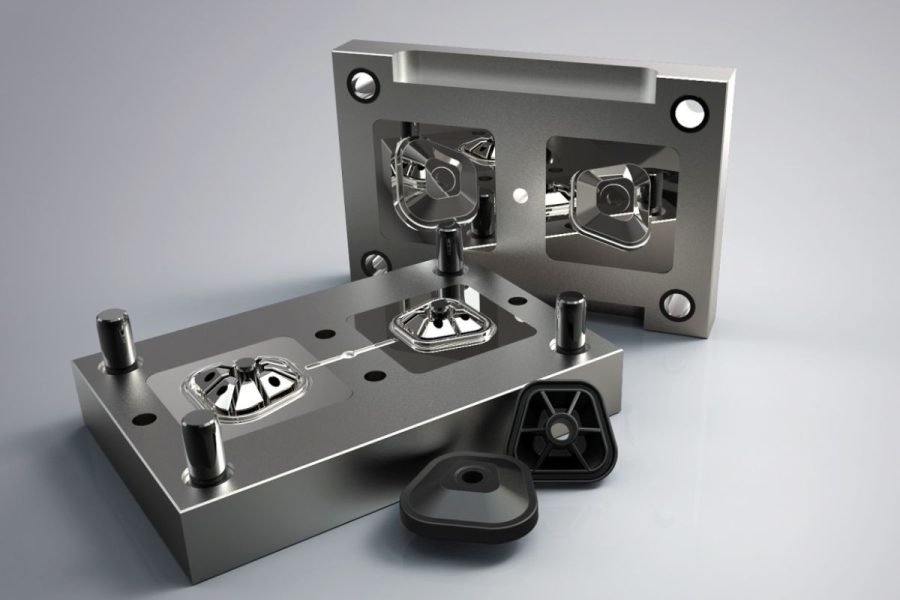
Computer-Aided Design (CAD) has revolutionized the automotive industry, particularly in mold design. Modern CAD tools provide robust features that enhance precision, efficiency, and innovation in creating molds for automotive components.
Enhanced 3D Modeling and Simulation
Advanced CAD systems now allow detailed 3D modeling of complex mold designs. Engineers can visualize and simulate the entire molding process, including material flow, cooling patterns, and potential defects. This helps in optimizing mold designs to achieve higher precision and reduce iterations.
Parametric and Generative Design
CAD tools with parametric capabilities enable dynamic updates to mold designs when key parameters, such as dimensions or material specifications, are modified. Generative design, powered by AI, offers multiple design iterations optimized for strength, weight, and manufacturability, helping engineers choose the best mold configurations.
Integration with CAM and CNC
Modern CAD systems integrate seamlessly with Computer-Aided Manufacturing (CAM) and Computer Numerical Control (CNC) systems. This integration ensures that molds can be directly manufactured from CAD designs with minimal manual intervention, reducing errors and speeding up production.
Reverse Engineering Capabilities
For legacy molds or parts without existing CAD data, reverse engineering features in CAD systems can create accurate digital replicas. Using techniques like 3D scanning, molds can be reconstructed and improved for modern production needs.
Real-Time Collaboration and Cloud Integration
Cloud-based CAD platforms enable teams to collaborate in real time, regardless of location. Designers, engineers, and manufacturers can work on the same project, making changes visible instantaneously, which streamlines communication and reduces delays in mold development.
Simulation of Advanced Materials
As the automotive industry shifts to lightweight and sustainable materials, CAD tools now include libraries and simulations for composites, advanced polymers, and bio-based plastics. This ensures molds are designed to accommodate new material properties effectively.
Cost and Time Estimation
Many CAD programs now feature integrated cost analysis and production time estimation tools. This allows manufacturers to predict the economic feasibility of molds before physical production begins.
Sustainability and Green Design
Advances in CAD promote environmentally friendly mold designs by minimizing waste and optimizing material usage. Mold designs can also incorporate features for recycled or sustainable materials, aligning with the automotive industry’s push for green manufacturing.

